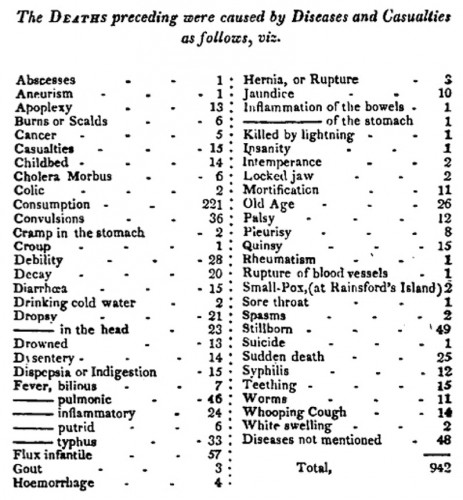Posted by Charles
In a move which is sending shockwaves through an English tourist resort, council chiefs in Weymouth, Dorset, have given the go-ahead for followers of the Zoroastrian religion to expose the bodies of their dead in the midst of sunbathing holidaymakers.
The down-at-heel, bucket-and-spade seaside town has granted the Zoroastrian Council of Great Britain (ZCGB) controversial planning permission to build a Tower of Silence in a prominent position on its historic seafront.
Zoroastrians believe that dead bodies pollute the earth. When they die, their bodies are placed on raised platforms, more correctly known as dakhmas, where they are exposed to the elements and birds of prey. The Weymouth tower will stand 300 feet high and the dead will be brought up to the platform by means of a lift in the central column.
Although the dead bodies will not be visible from the ground, some Weymouth residents are up in arms about the scheme.
Single mother Tracey Brockway said “It’s disgusting. The whole town will be covered in flies. How can anyone lie on the beach knowing what’s going on up there? As far as I’m concerned this is the last nail in the coffin for Weymouth.”
However, most Weymouth residents are in favour of the tower. In common with many seaside resorts, the town’s tourist trade has been in decline for decades and many have rallied round the council’s initiative.
Weymouth and Portland Borough Council’s brief holder for Leisure and Tourism, Peter Traskey, said: “Traditional tourist streams are drying up as people increasingly holiday abroad. We need to diversify, and we see multicultural funeral tourism as the future for our town.”
Mr Traskey also gave credence to reports that the council is in discussion with the Hindu community to establish a burning ghat on the quay recently vacated by Condor Ferries. The River Wey is currently undergoing an elaborate consecration process.
The council is even considering a scheme submitted by the Natural Death Centre to hold spectacular Viking funerals in Weymouth Bay in a Viking longboat made of steel which can be re-used after each open-air cremation. “I think it’s a great idea,” said Traskey. “We are right behind this initiative.”
The RSPB is supporting the Weymouth Tower of Silence. RSPB spokesperson Jonathan Taylor told us, “We anticipate that the region’s dwindling cormorant population will boosted by this important food source.”
Mel Stewart, landlady of the Bon Repos boarding house, told the GFG, “This town has been on its backside (actually she said arse) for years. When the Olympics are over, what will there be for us? I’m doing a complete ethnic refurb and re-naming my place Memories of Mecca. I’m advertising my full Zoroastrian breakfast and funeral teas. These people are going to be a shot in the arm for the local economy.”
Local police chief, Inspector Richard Honeysett, told us: “We are seeking permission from the ZCGB to detain unconscious drunks and drug addicts on the tower overnight. When they come round and find themselves surrounded by dead bodies it’s going to be a wake-up call for them. “
Zoroastrianism was the dominant religion of the ancient empire of the Medes and Persians until it was displaced by Islam. Its devotees found a safe haven in India. The 2010 Census revealed that the number of worshippers in the UK stands at roughly 350,000.
Weymouth was made famous by King George III, who holidayed there throughout his reign. It is distinguished by its fine Georgian and Regency architecture, and by its public lavatory, which still sports a cannonball fired into it by Oliver Cromwell’s New Model Army.
The town is held in low esteem by its rugged and dynamic neighbours, the inhabitants of the Isle of Portland, who have never reconciled themselves to their local government partnership with Weymouth, and are holding themselves aloof from the tower initiative.
A salt-caked island fisherman commented, “This tower they’re all talking about — they’re clutching at straws, aren’t they? I’ll tell you what I think of the council. It’s a council of despair.”
Ahura Massada, a spokesperson for the ZCGB, said, “We have been searching for a site for a Tower of Silence for many past years. On every occasion we have come eyebrow to eyebrow with prejudice. But the people of Weymouth have enfolded us in their bosom, and we thank them from our hearts.”
In July and August this year, Weymouth will host the Olympic 2012 sailing events. The Tower of Silence is planned to open on 1 April 2013.

